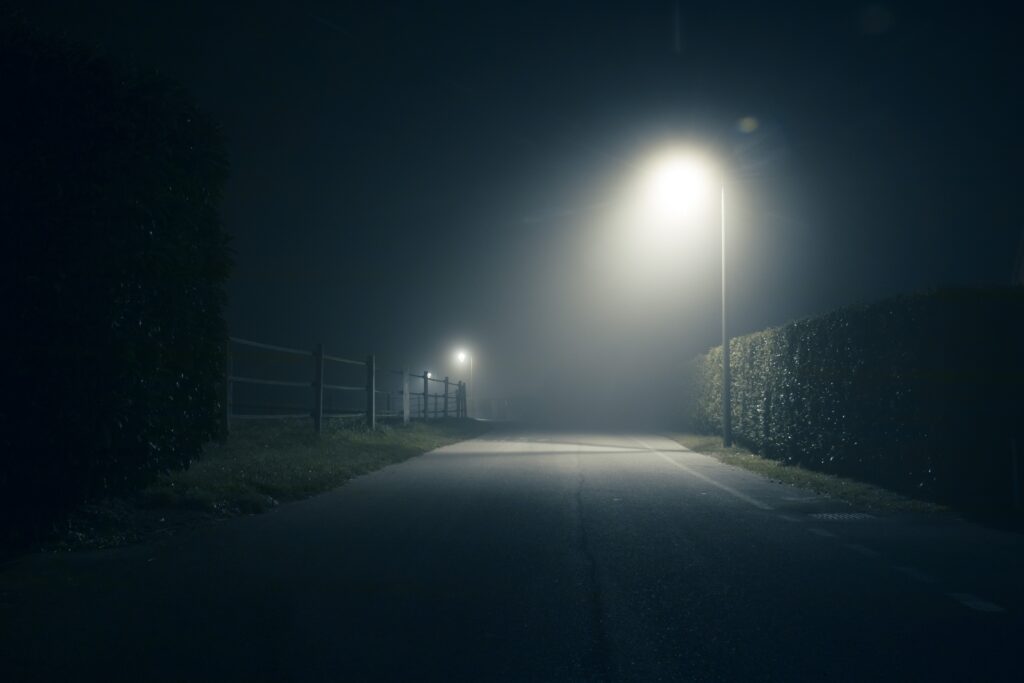As a writer, the ability to transport your readers to another world through vivid scenery is a powerful tool. Whether you’re working on a novel, short story, or even a blog post, mastering the art of creating immersive landscapes can elevate your writing to new heights. Here are some key techniques to help you observe your surroundings and paint stunning scenes to captivate and immerse your audience.
Observation is Key.
Before you write scenic descriptions convincingly, you must observe the world around you. Take note of the colors, textures, and sounds in your environment. Use your observations to infuse authenticity into your writing. Whether it’s the way sunlight filters through leaves or the scent of rain-soaked earth, small details make a big difference. If you want some practice with your observational skills, watch the tv show Psych. There is a pineapple hidden in every episode!

Appeal to the Senses.
Great scenery isn’t just about what you see; it’s about what you feel, hear, smell, and even taste. Engage all the senses to create a more immersive experience for your readers. Practice while trying a hobby! For example, describe the warmth of the sun on the character’s skin or the crisp sound of footsteps on fallen leaves. Creating immersive experiences is especially important in fiction writing, as it takes the imaginary and makes it relatable.
Show, Don’t Tell.
Instead of simply stating facts about the scenery, show them through the characters’ experiences. Let your readers see the world through your characters’ eyes. Instead of saying, “The forest was mysterious,” describe the looming shadows, the rustle of unseen creatures, and the play of moonlight through the branches. When you write with the “show, don’t tell” technique, you open the door for readers to become participants in your story.

Photo by Adrien Brunat on Unsplash
Use Powerful Imagery.
Harness the power of similes and metaphors to create striking images. Compare your scenery to familiar objects or concepts to evoke a strong emotional response. For instance, “The mountains stood like ancient sentinels, guarding the valley below.” Using figurative language helps take your picture farther than just, “The mountains were tall and covered in snow.”
Consider the Mood.
The mood of your scene should align with the overall tone of your writing. You don’t want to have that intense moment interrupted with sunshine and daisies. Make sure you match your scenery with your tone. Whether it’s a serene meadow, a bustling city street, or a haunting forest, ensure that your scenery needs to complement the emotions you want to convey.

As the saying goes, “A picture is worth a thousand words.” But mastering the art of painting that picture and scenery with words sets your writing apart. By observing the world around you, appealing to the senses, showing instead of telling, using powerful imagery, and considering the mood, you can transport your readers to the rich landscapes of your imagination. Elevate your storytelling with these techniques and watch as your readers become fully immersed in the worlds you create. Happy writing!



1 Comment
Ignite Your Writing with Action Verbs - ronniwrites.net · 23 January 2024 at 14:57
[…] gardener plucked the vibrant flowers.” The latter not only conveys the action but also adds a visual and sensory dimension to the […]